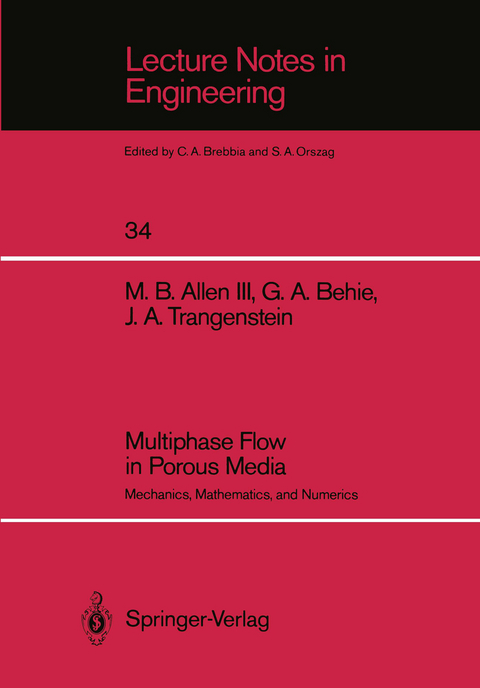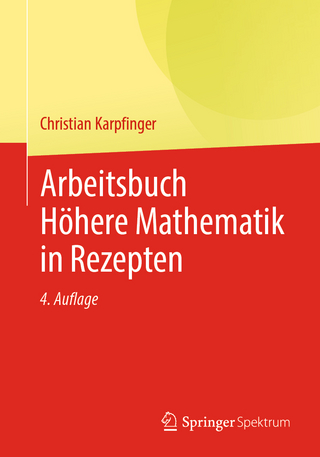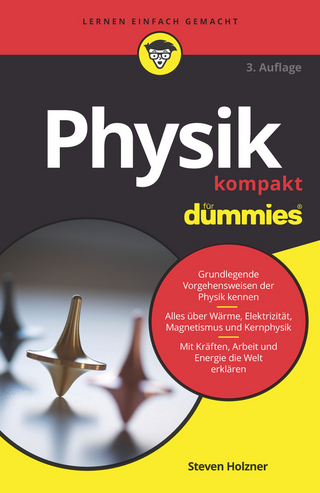
Multiphase Flow in Porous Media
Mechanics, Mathematics, and Numerics
Seiten
1988
|
Softcover reprint of the original 1st ed. 1988
Springer-Verlag New York Inc.
978-0-387-96731-8 (ISBN)
Springer-Verlag New York Inc.
978-0-387-96731-8 (ISBN)
The past decade has seen remarkable growth in research related to petroleum reseIVoir simulation. First, in view of the varieyt and complexity of the processes encoun tered, it is imperative that the modeler adopt a systematic approach to establishing the equations governing reseIVoir flows.
The past decade has seen remarkable growth in research related to petroleum reseIVoir simulation. This growth reflects several developments, not the least of which is the increased interest in oil recovery technologies requiring sophisticated engineer ing. Augmenting this interest has been the broader availability of supercomputers capable of handling the tremendous computational demands of a typical reseIVoir simulator. The field of reseIVoir simulation incorporates several major facets of applied mathematics. First, in view of the varieyt and complexity of the processes encoun tered, it is imperative that the modeler adopt a systematic approach to establishing the equations governing reseIVoir flows. Second, the mathematical structure of these flow equations needs to be carefully analyzed in order to develop appropriate and efficient numerical methods for their solution. Third, since some aspects of the discretized flow equations are typically stiff, one must develop efficient schemes for solving large sparse systems of linear equations. This monograph has three parts, each devoted to one of these three aspects of reseIVoir modeling. The text grew out of a set of lectures presented by the authors in the autumn of 1986 at the IBM Scientific Center in Bergen, Norway. We feel that it is only appropriate to caution the reader that many of the ideas that we present in this monograph do not reflect standard approaches in petroleum reseIVoir simulation. In fact, our aim is to outline promising new ways of attacking reseIVoir simulation prob lems, rather than to compile another textbook for the mainstream.
The past decade has seen remarkable growth in research related to petroleum reseIVoir simulation. This growth reflects several developments, not the least of which is the increased interest in oil recovery technologies requiring sophisticated engineer ing. Augmenting this interest has been the broader availability of supercomputers capable of handling the tremendous computational demands of a typical reseIVoir simulator. The field of reseIVoir simulation incorporates several major facets of applied mathematics. First, in view of the varieyt and complexity of the processes encoun tered, it is imperative that the modeler adopt a systematic approach to establishing the equations governing reseIVoir flows. Second, the mathematical structure of these flow equations needs to be carefully analyzed in order to develop appropriate and efficient numerical methods for their solution. Third, since some aspects of the discretized flow equations are typically stiff, one must develop efficient schemes for solving large sparse systems of linear equations. This monograph has three parts, each devoted to one of these three aspects of reseIVoir modeling. The text grew out of a set of lectures presented by the authors in the autumn of 1986 at the IBM Scientific Center in Bergen, Norway. We feel that it is only appropriate to caution the reader that many of the ideas that we present in this monograph do not reflect standard approaches in petroleum reseIVoir simulation. In fact, our aim is to outline promising new ways of attacking reseIVoir simulation prob lems, rather than to compile another textbook for the mainstream.
I. Basic Mechanics of Oil Reservoir Flows.- 0. An Overview of Petroleum Reservoirs.- 1. Elements of Continuum Mechanics.- 2. Flow Equations in Porous Media.- 3. Transport Equations in Porous Media.- 4. Flows With Interphase Mass Transfer.- 5. Fluid-Phase Thermodynamics.- 6. Nonisothermal Flows.- II. Numerical Analysis of Reservoir Fluid Flow.- 1. Model Problems in Reservoir Fluid Flow.- 2. Mathematical Structure of the Black-Oil Model.- 3. Numerical Methods for Partial Differential Equations.- III. Numerical Linear Algebra for Reservoir Simulation.- 1. Basic Black-Oil Model (?-Model).- 2. Difference Methods.- 3. Direct and Iterative Solution Methods.- 4. Associated Topics.
| Erscheint lt. Verlag | 12.7.1988 |
|---|---|
| Reihe/Serie | Lecture Notes in Engineering ; 34 |
| Zusatzinfo | 1 Illustrations, black and white; IV, 306 p. 1 illus. |
| Verlagsort | New York, NY |
| Sprache | englisch |
| Maße | 170 x 244 mm |
| Themenwelt | Mathematik / Informatik ► Mathematik ► Algebra |
| Mathematik / Informatik ► Mathematik ► Angewandte Mathematik | |
| Naturwissenschaften ► Chemie ► Physikalische Chemie | |
| Naturwissenschaften ► Geowissenschaften ► Geologie | |
| Naturwissenschaften ► Geowissenschaften ► Mineralogie / Paläontologie | |
| Naturwissenschaften ► Physik / Astronomie ► Mechanik | |
| Technik ► Maschinenbau | |
| ISBN-10 | 0-387-96731-1 / 0387967311 |
| ISBN-13 | 978-0-387-96731-8 / 9780387967318 |
| Zustand | Neuware |
| Informationen gemäß Produktsicherheitsverordnung (GPSR) | |
| Haben Sie eine Frage zum Produkt? |
Mehr entdecken
aus dem Bereich
aus dem Bereich
Buch | Softcover (2022)
Springer Spektrum (Verlag)
39,99 €


